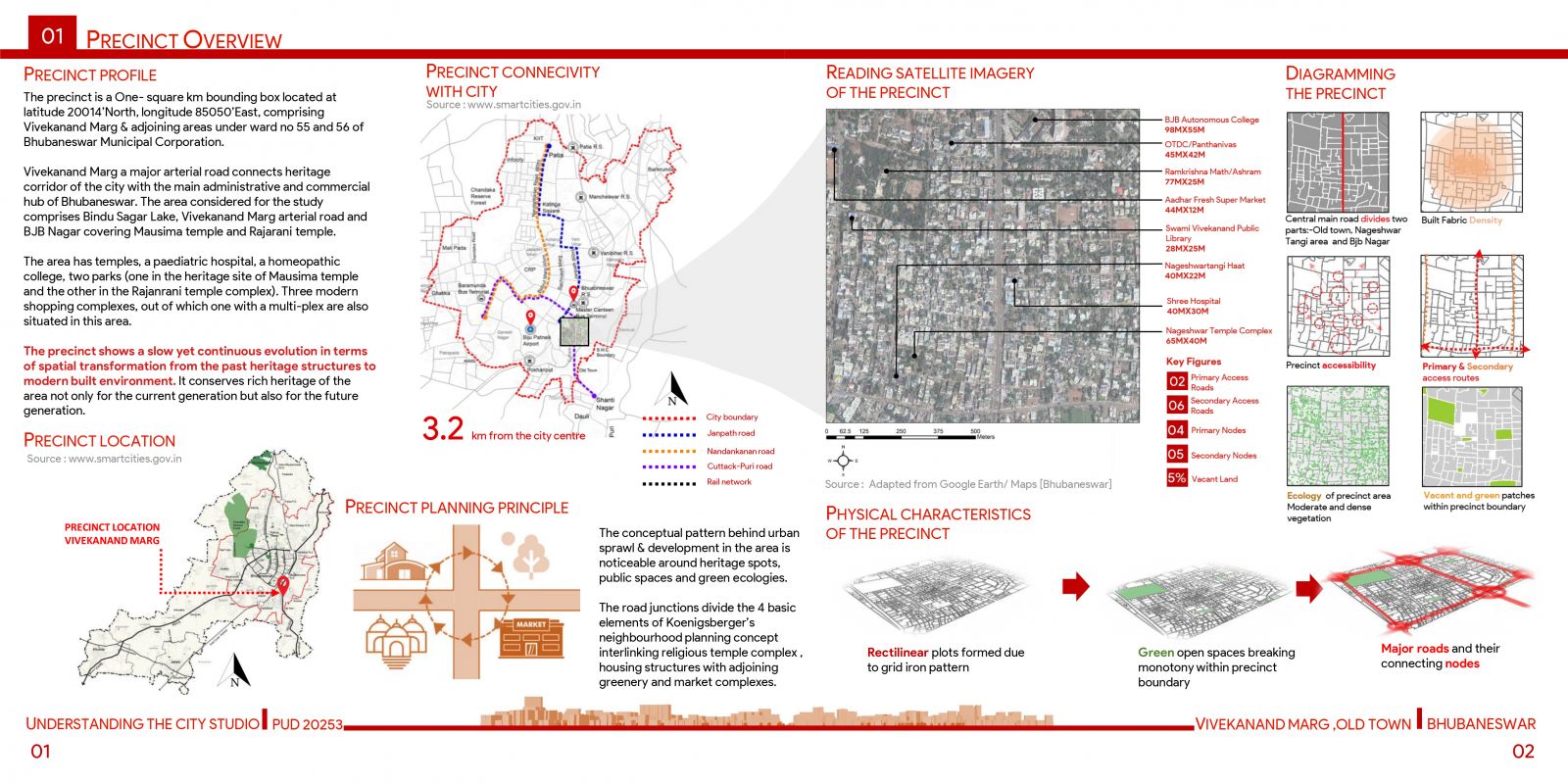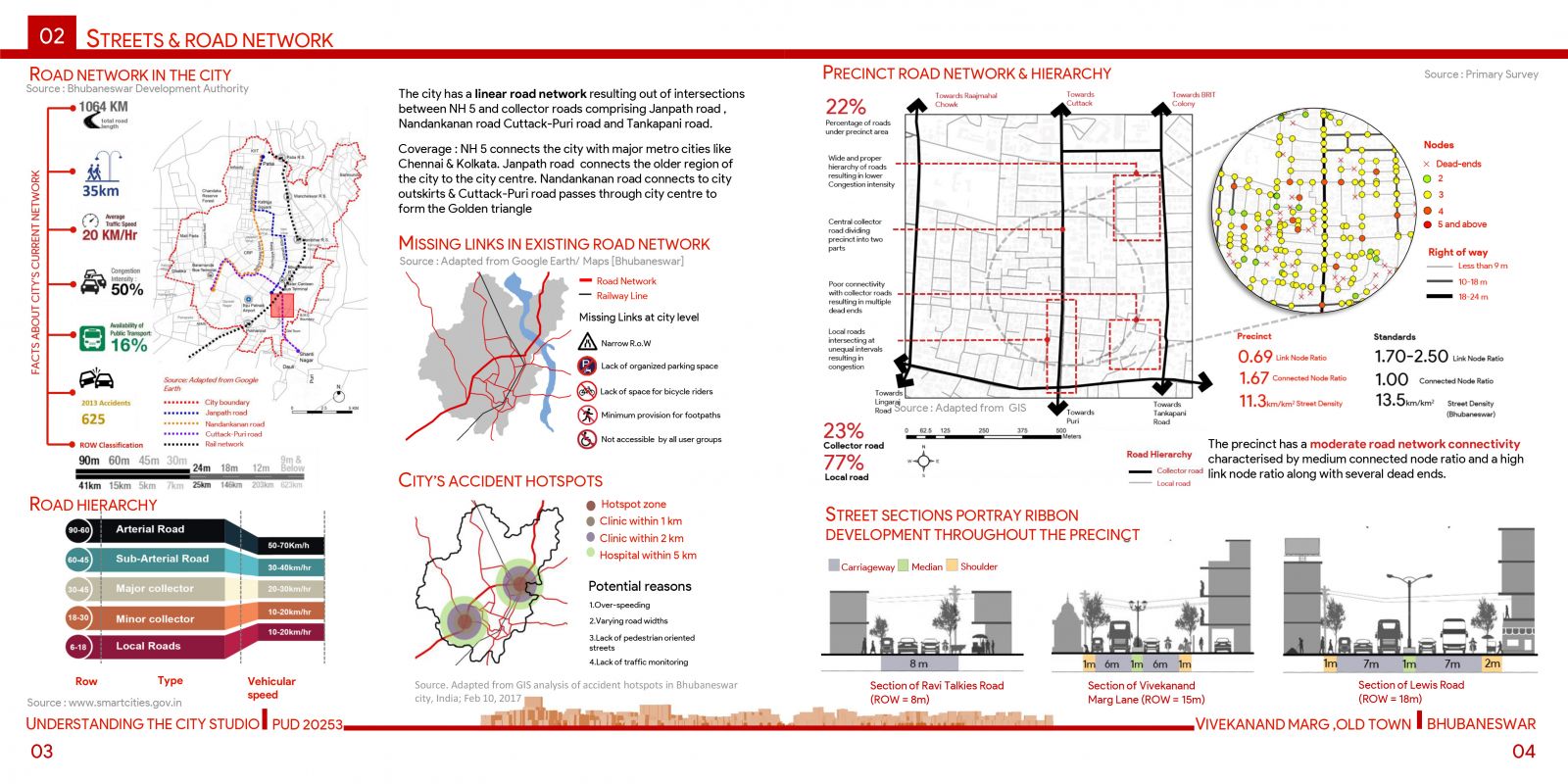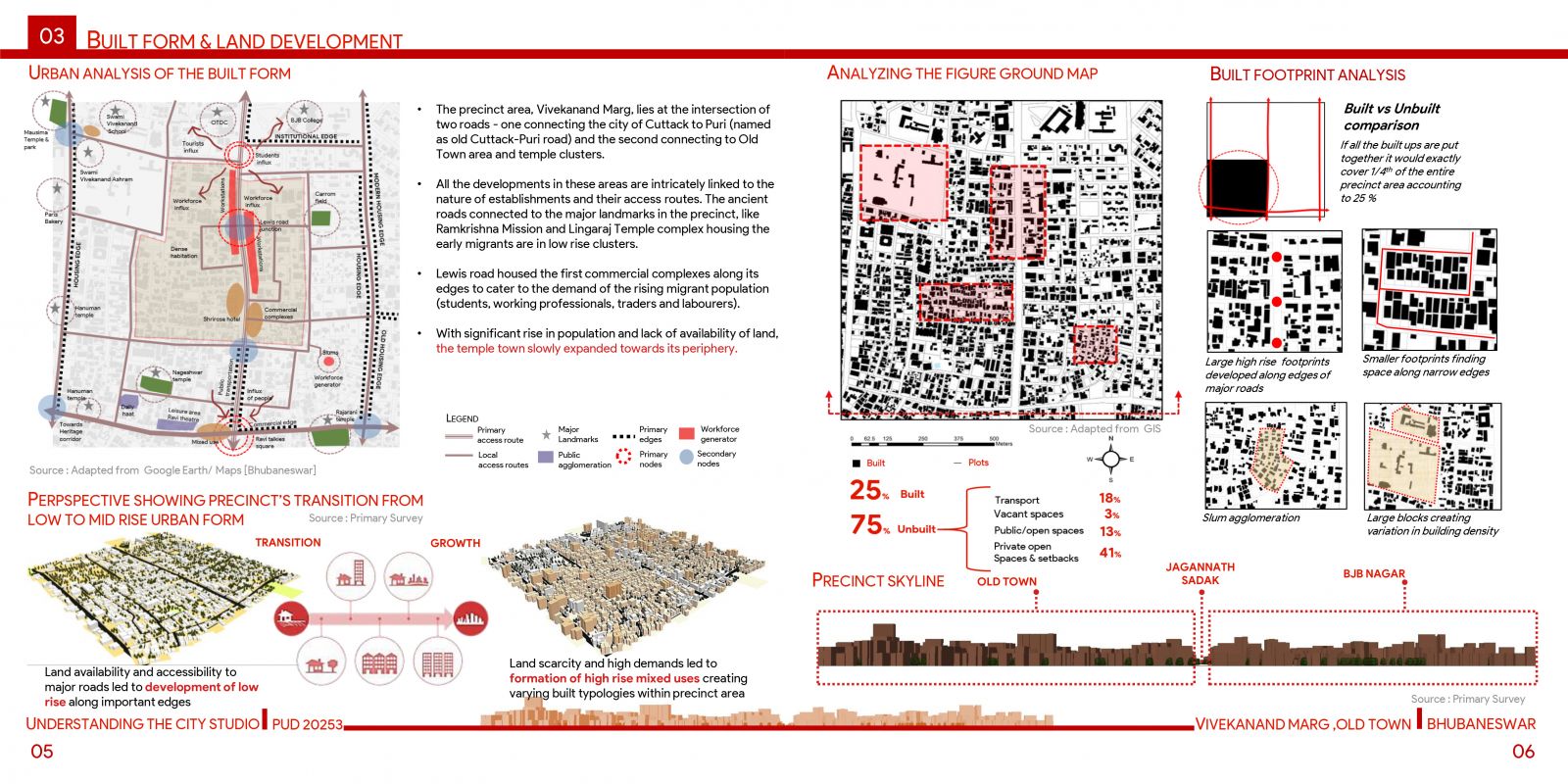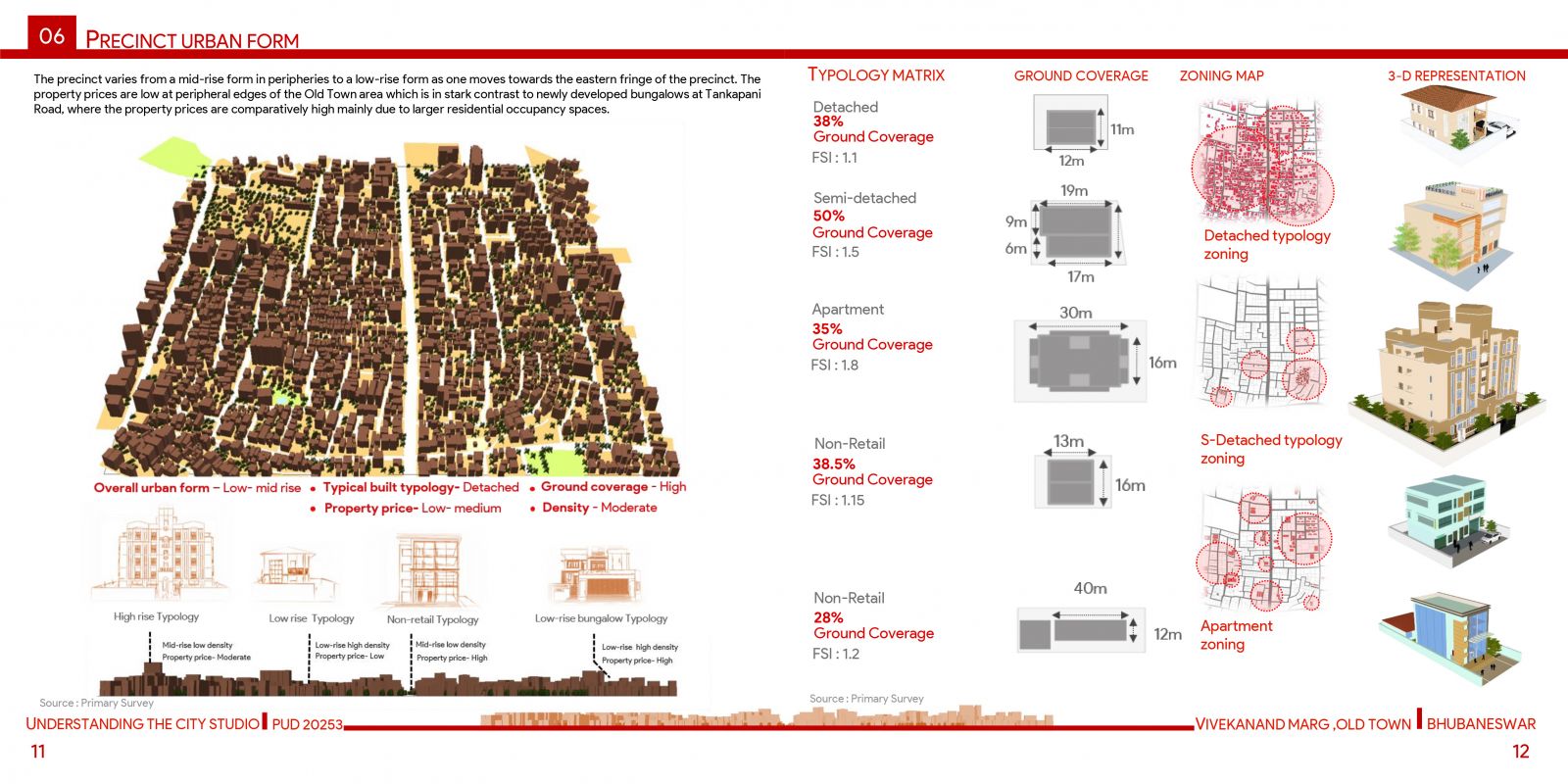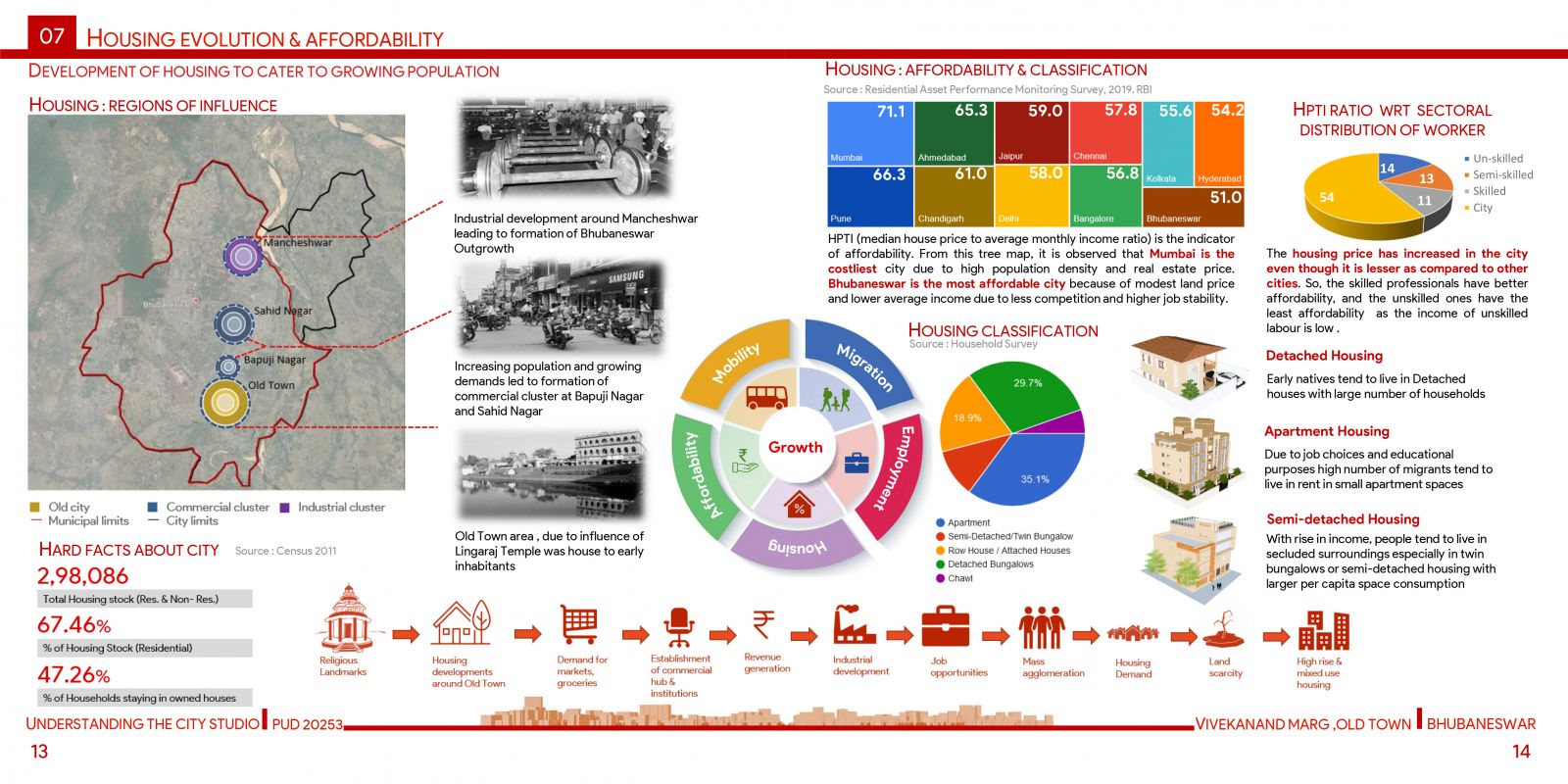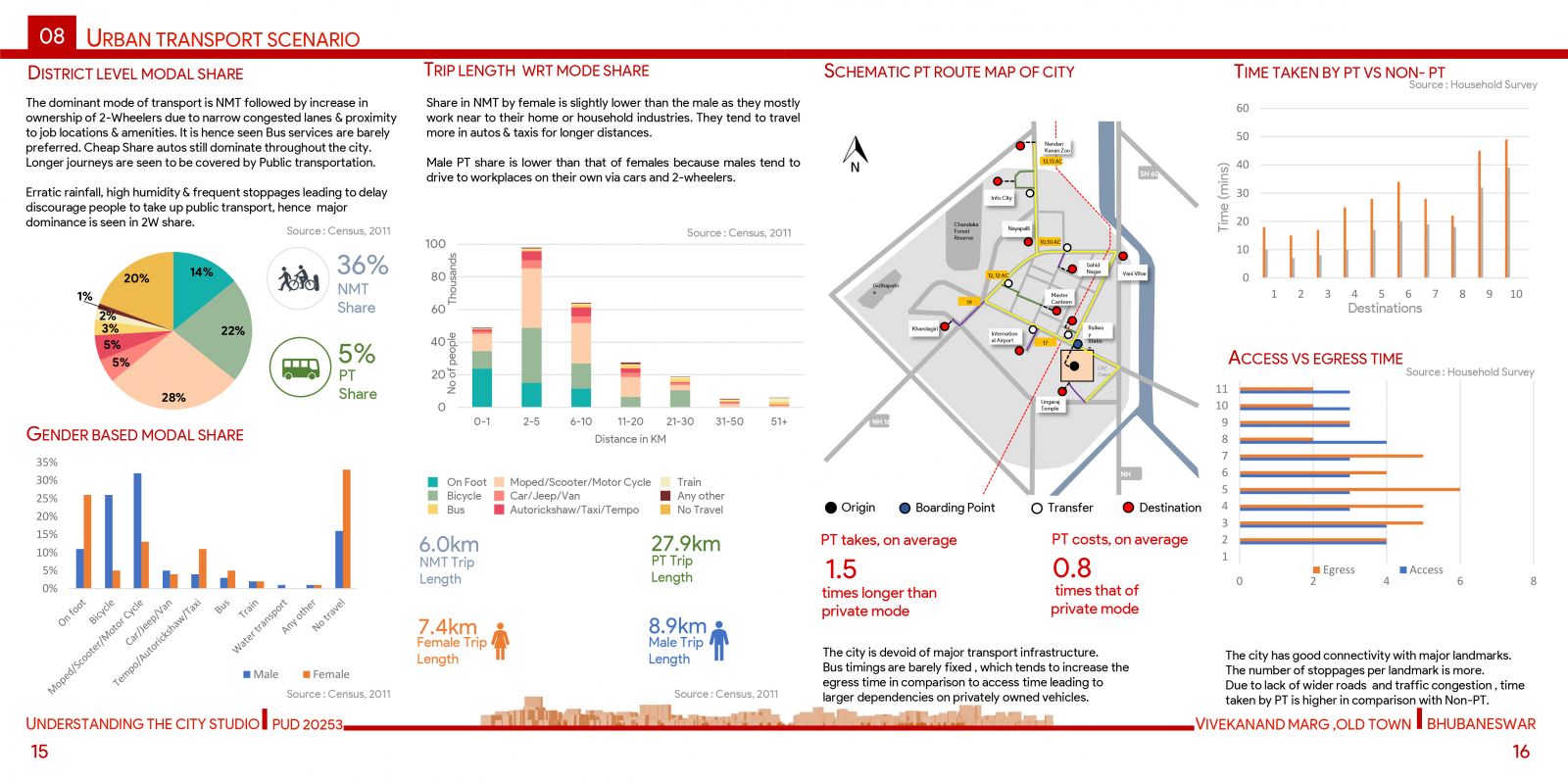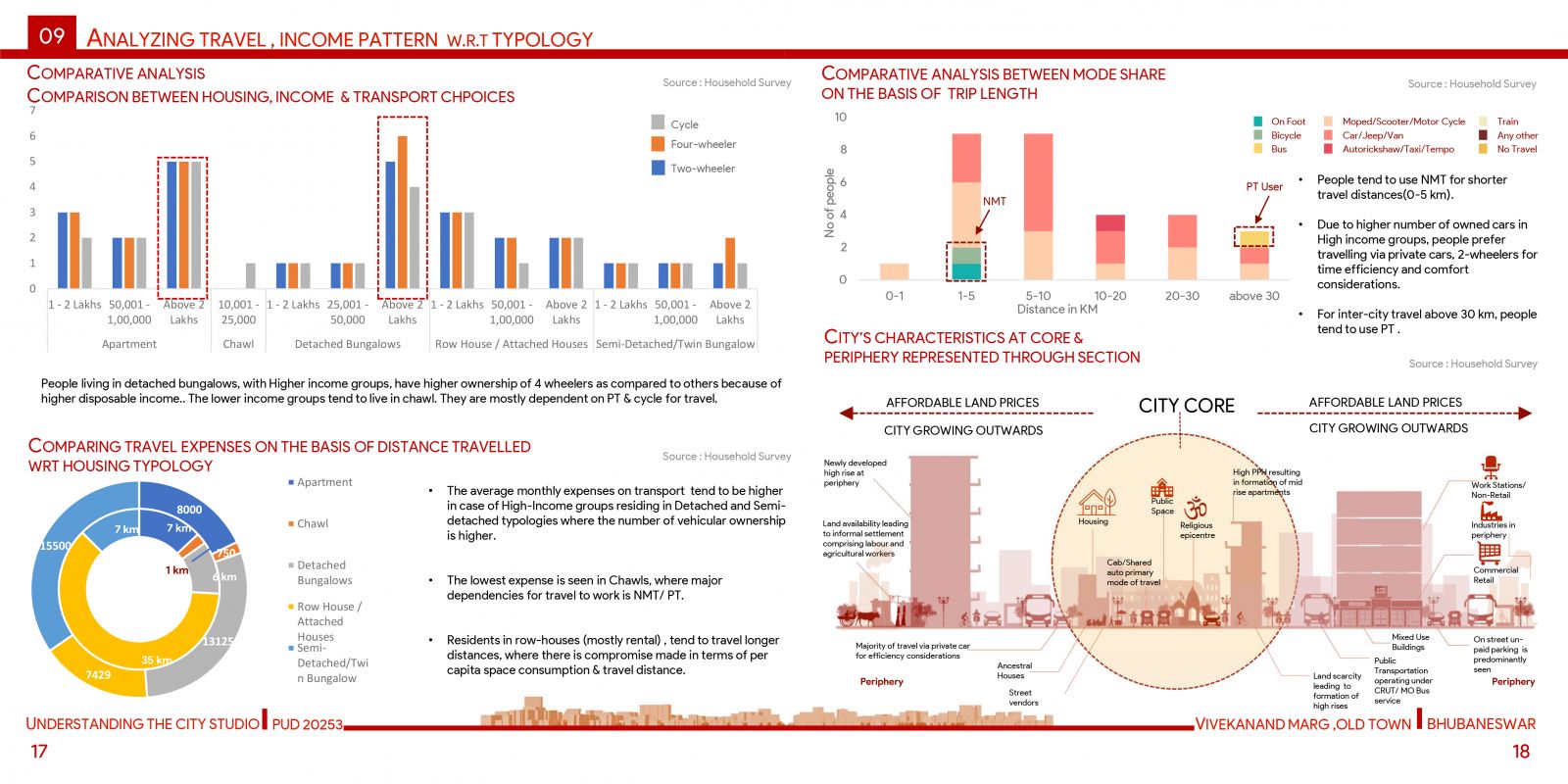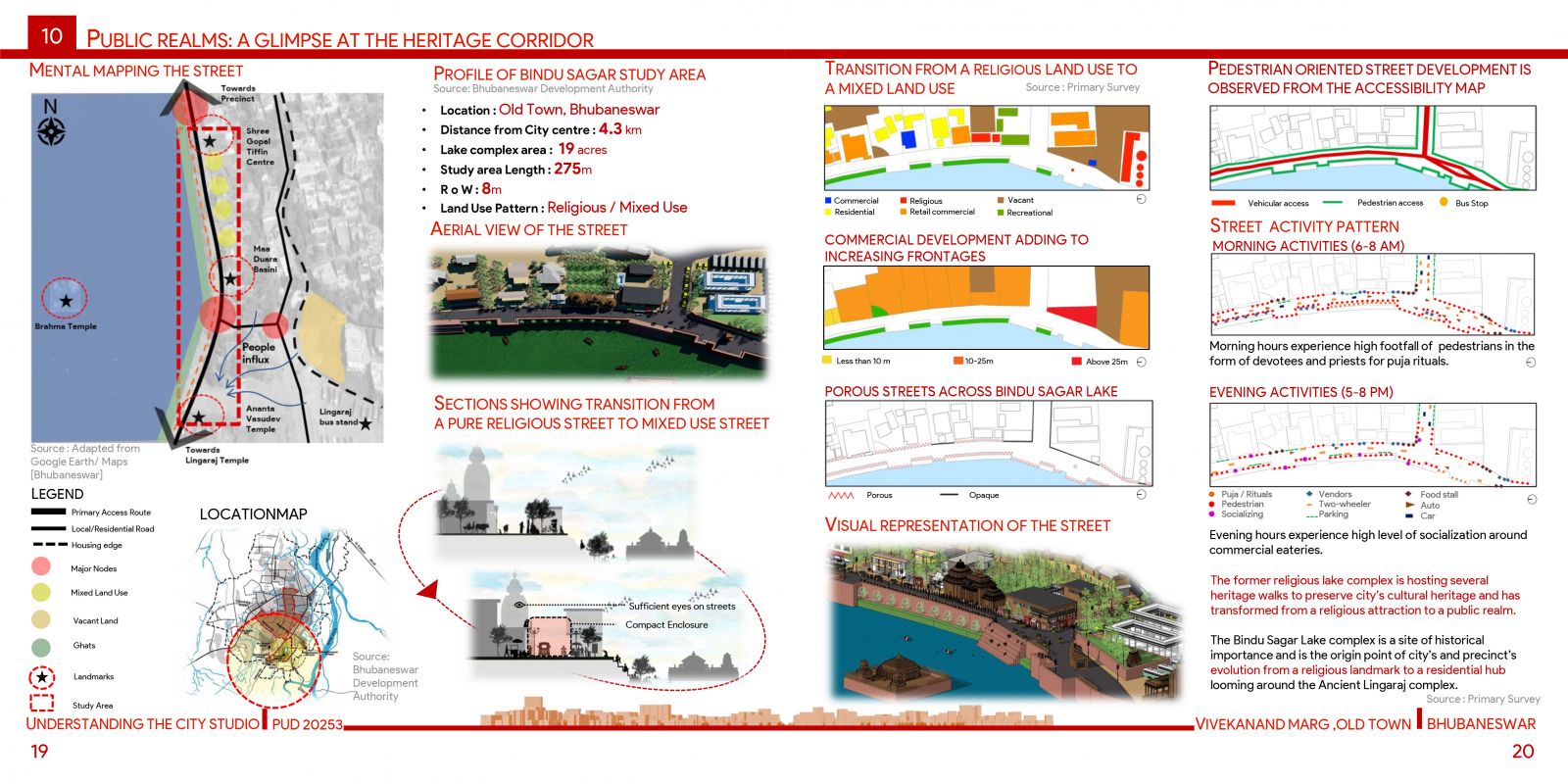Emergence of Residential Hub out of Religious Landmark
- Student PRAVAT PRASUN SINGH
- Code PUD20253
- Faculty Planning
- Tutor/s Rutul Joshi,Umesh Shurpali,Ravi Sannabhadti,Anil kumar Roy,Subhrangsu Goswami,Nitika Bhakuni,Vanishree Herlekar,Rujul Dipak joshi,Arjun Joshi,Tarun Patel,Narendra Mangwani
- TA Kinjal Ribadia,Aarzoo Samani,Jacob Baby,Navnit Sourirajan,Anuja Singh,Giby Abraham,Ann Elizabeth Francis,Kaveri Bahure,Nikita Doshi,Shreesha Arondekar,Shuktika Sabharwal
This portfolio intends to uphold arguments to show the precinct transformation from a purely religious landmark and its evolution into a residential hub to meet the growing housing demands of increasing population. Over the years, the precinct has been a location of strategic importance being located in proximity to social amenities, work spaces and commercial hub leading to massive population agglomeration at the core. It provides a sense of coexistence between two worlds in one place. The city has been transforming faster than the precinct because of availability of land, but the required infrastructure to cater to the emerging demand in the precinct areas has been slow due to space constraints and the area has no further scope for orderly construction. Hence, high rises along major collector roads are found overlooking the temples as well as market complexes. This provides a sense of recreation within older age groups who are unable to walk around the tightly packed streets. Mass housing has become the major necessity. One can see multi dwelling units are housed within the high-rise colonies. This is the major transition from the past characterised by former low rise urban form to a mixed use mid-rise urban form adding vibrancy to the old narrow streets .
